The EU-ToxRisk method documentation, data processing and chemical testing pipeline for the regulatory use of new approach methods
- PMID: 32632539
- PMCID: PMC7367925
- DOI: 10.1007/s00204-020-02802-6
The EU-ToxRisk method documentation, data processing and chemical testing pipeline for the regulatory use of new approach methods
Abstract
Hazard assessment, based on new approach methods (NAM), requires the use of batteries of assays, where individual tests may be contributed by different laboratories. A unified strategy for such collaborative testing is presented. It details all procedures required to allow test information to be usable for integrated hazard assessment, strategic project decisions and/or for regulatory purposes. The EU-ToxRisk project developed a strategy to provide regulatorily valid data, and exemplified this using a panel of > 20 assays (with > 50 individual endpoints), each exposed to 19 well-known test compounds (e.g. rotenone, colchicine, mercury, paracetamol, rifampicine, paraquat, taxol). Examples of strategy implementation are provided for all aspects required to ensure data validity: (i) documentation of test methods in a publicly accessible database; (ii) deposition of standard operating procedures (SOP) at the European Union DB-ALM repository; (iii) test readiness scoring accoding to defined criteria; (iv) disclosure of the pipeline for data processing; (v) link of uncertainty measures and metadata to the data; (vi) definition of test chemicals, their handling and their behavior in test media; (vii) specification of the test purpose and overall evaluation plans. Moreover, data generation was exemplified by providing results from 25 reporter assays. A complete evaluation of the entire test battery will be described elsewhere. A major learning from the retrospective analysis of this large testing project was the need for thorough definitions of the above strategy aspects, ideally in form of a study pre-registration, to allow adequate interpretation of the data and to ensure overall scientific/toxicological validity.
Keywords: Data processing; GIVIMP; In vitro toxicology; Metadata; Nuclear receptor.
Conflict of interest statement
The authors declare that they have no competing interests.
Figures
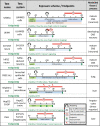



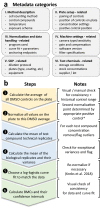

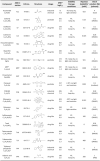
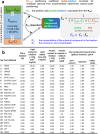
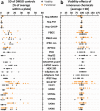
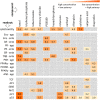
References
Publication types
MeSH terms
LinkOut - more resources
Full Text Sources
Miscellaneous

